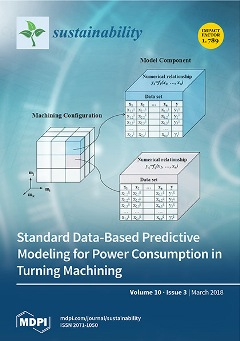1
Centro Internacional de Agricultura Tropical (CIAT), Palmira 6713, Colombia
2
Consultative Group on International Agricultural Research (CGIAR) Research Program on Climate Change, Agriculture and Food Security (CCAFS), Palmira 6713, Colombia
3
Fondo Latinoamericano para Arroz de Riego (FLAR), Palmira 6713, Colombia
4
Instituto de Hidrología, Meteorología y Estudios Ambientales (IDEAM), Bogotá, 111711, Colombia
5
Corporación Colombiana de Investigación Agropecuaria (CORPOICA), Via Puerto López 502007, Colombia
6
Federación Nacional de Arroceros (FEDEARROZ), Bogotá 111831, Colombia
7
Instituto de Investigaciones Agropecuarias (INIA), Santiago 7083150, Chile
8
Instituto Nacional de Tecnología Agropecuaria (INTA), Corrientes 3400, Argentina
9
National Agricultural Research Institute (INIA), Treinta y Tres 33000, Uruguay
10
Department of Plant Biology, College of Agriculture, University of the Republic, Montevideo 12900, Uruguay
11
Department of Biosciences, College of Chemistry and Science, University of the Republic, Montevideo 11800, Uruguay
12
Department Plant Sciences; Land, Air and Water Resources, University of California, Davis, CA 95616, USA
13
Embrapa Clima Temperado (CPACT), Pelotas, RS 96010-971, Brazil
14
Ministerio de Agricultura y Ganadería (MAG), Asunción 1329, Paraguay
15
Department of Soil Science, Universidad Federal de Río Grande del Sur (UFRGS), Porto Alegre, RS 91540-000, Brazil
add
Show full affiliation list
remove
Hide full affiliation list
Abstract
The burgeoning demand for rice in Latin America and Caribbean (LAC) exceeds supply, resulting in a rice deficit. To overcome this challenge, rice production should be increased, albeit sustainably. However, since rice production is associated with increases in the atmospheric concentration of two
[...] Read more.
The burgeoning demand for rice in Latin America and Caribbean (LAC) exceeds supply, resulting in a rice deficit. To overcome this challenge, rice production should be increased, albeit sustainably. However, since rice production is associated with increases in the atmospheric concentration of two greenhouse gases (GHGs), namely methane (CH
4) and nitrous oxide (N
2O), the challenge is on ensuring that production increases are not associated with an increase in GHG emissions and thus do not cause an increase in GHG emission intensities. Based on current understanding of drivers of CH
4 and N
2O production, we provide here insights on the potential climate change mitigation benefits of management and technological options (i.e., seeding, tillage, irrigation, residue management) pursued in the LAC region. Studies conducted in the LAC region show intermittent irrigation or alternate wetting and drying of rice fields to reduce CH
4 emissions by 25–70% without increasing N
2O emissions. Results on yield changes associated with intermittent irrigation remain inconclusive. Compared to conventional tillage, no-tillage and anticipated tillage (i.e., fall tillage) cause a 21% and 25% reduction in CH
4 emissions, respectively. From existing literature, it was unambiguous that the mitigation potential of most management strategies pursued in the LAC region need to be quantified while acknowledging country-specific conditions. While breeding high yielding and low emitting rice varieties may represent the most promising and possibly sustainable approach for achieving GHG emission reductions without demanding major changes in on-farm management practices, this is rather idealistic. We contend that a more realistic approach for realizing low GHG emitting rice production systems is to focus on increasing rice yields, for obvious food security reasons, which, while not reducing absolute emissions, should translate to a reduction in GHG emission intensities. Moreover, there is need to explore creative ways of incentivizing the adoption of promising combinations of management and technological options.
Full article





